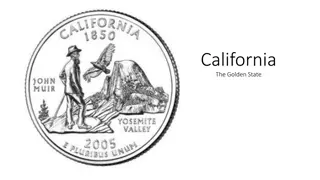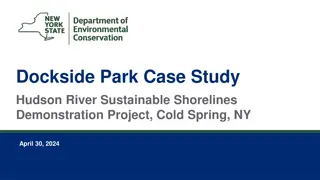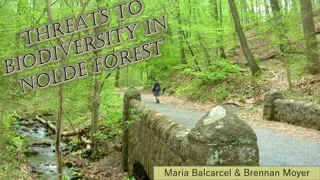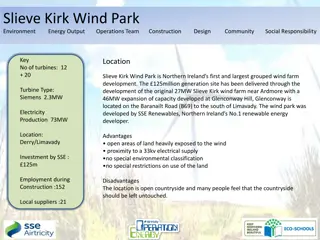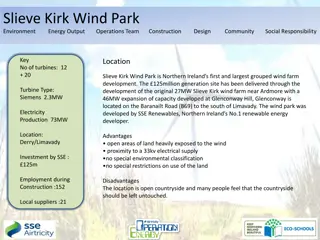Redwood National Park, California: A Natural Wonder
Situated in California, Redwood National Park is home to the majestic coast redwoods, the world's largest living trees. This unique temperate rainforest biome receives ample rainfall and boasts a rich natural history. The park is vital for the conservation of endangered species and holds historical significance, including a WWII radar station. Threatened by logging in the past, initiatives by government agencies have helped protect and preserve this treasured natural landscape.
Uploaded on Sep 16, 2024 | 0 Views
Download Presentation

Please find below an Image/Link to download the presentation.
The content on the website is provided AS IS for your information and personal use only. It may not be sold, licensed, or shared on other websites without obtaining consent from the author. Download presentation by click this link. If you encounter any issues during the download, it is possible that the publisher has removed the file from their server.
E N D
Presentation Transcript
Redwood National Park, California Ashik Patel, Will Zheng, Olivia McWayne, & Jon Cardona
Geological Origins Winds of the Pacific reach land Stump sprouting seeds Average yearly rainfall is between 25 and 122 inches Thick bark protects the tree from fire damage
Natural History Biome o o Worlds smallest land biome ( Temperate Rainforest) A community of both abiotic and biotic factors, home to worlds largest living trees, the coast redwoods. ( Can weigh up to 500 tons from the size of a tomato seed) This biome receives about 60-80 inches of annual rain a year over the region. Climate o Lie within a marine coastal climate zone. o Between 40-60 degrees latitude, and on the western ocean shores of continents. o Oceans are dominant climatic factor: because the warm/cool more slowly than land, they moderate temps, and supply moisture. Dominant wildlife o Wildlife that exercise or influence the most control. o Carnivores such as tigers, herbivores such as elephants, birds such as a great pied hornbill, insects such as termites; reptiles such as snakes o
Endemic, Threatened, or Endangered Species 42 vertebrates species, and 16 invertebrate species within the Redwood Forest are either endangered or threatened. There has been no definite discover of endemic species but there has been an increase in near- endemic species.
Effects on Human History Provides cultural landscapes- (shows changes in land over time from human impact) B-71 Radar Station from WWII, located in the Redwood Forest, used to prevent any potential attacks from Japan at the West Coast.
California Department of Parks and Recreation & National Park Service Agreed to manage the four-park area for maximum resource protection. Thanks to these agencies you will find: old growth redwood groves and open prairie lands, 2 major rivers, and 37 miles of pristine California coastline.
Threats Massive trees started to fall due to logging; people wanted to use them for the vigorous amount of precious lumber. Rapid increase of loggers. Agencies provided the protection they needed. Conserved what was left, and helped forest expand.
Bibliography http://www.nps.gov/redw/index.htm http://www.nps.gov/redw/planyourvisit/park- overview.htm http://redwoodnationalandstateparks.weebly.com/ind ex.html http://www.stewardsofthecoastandredwoods.org/pdf/ red_ed5_nathist_pgs58to84.pdf http://www.nps.gov/redw/historyculture/cultural- resources.htm


